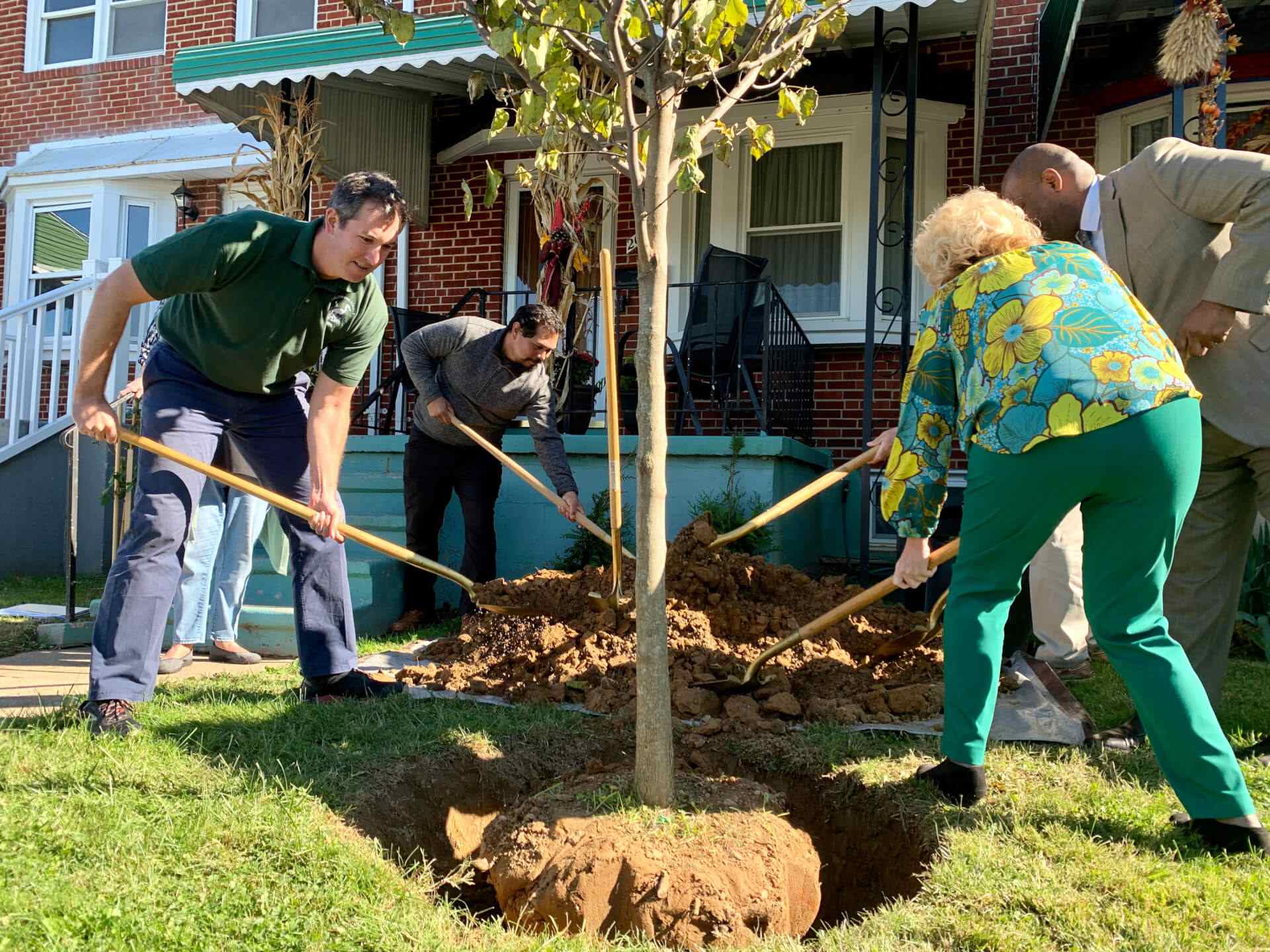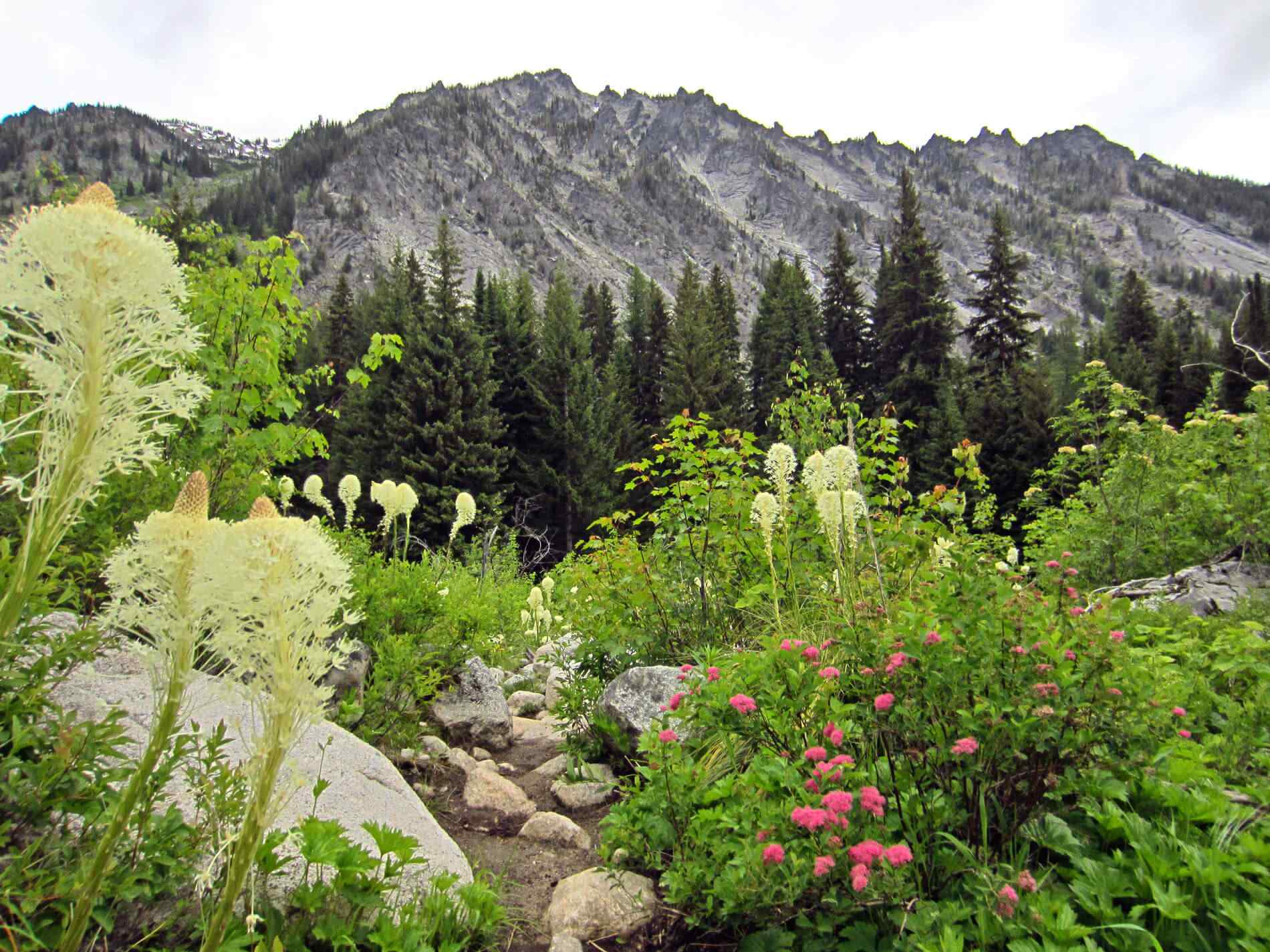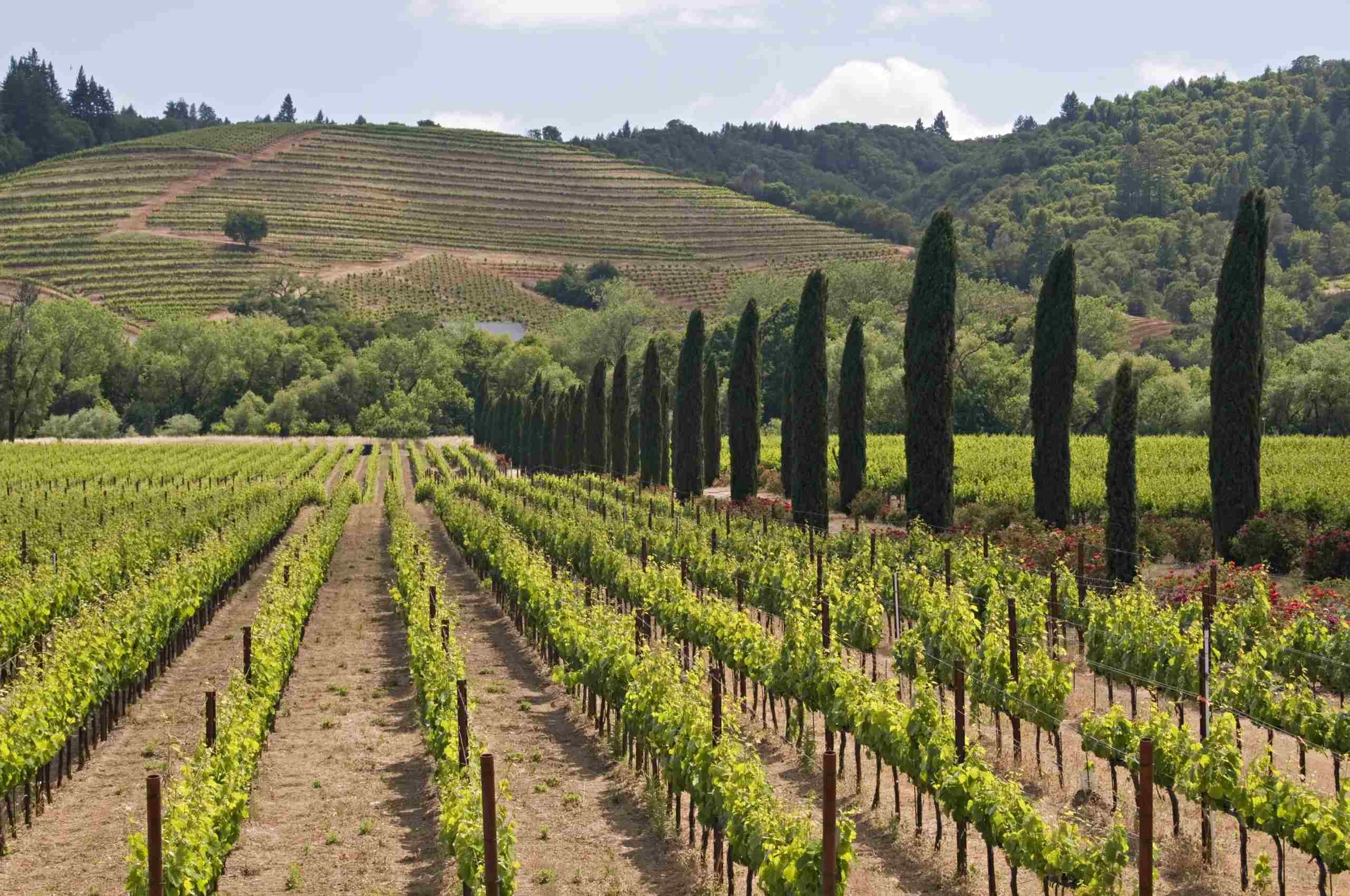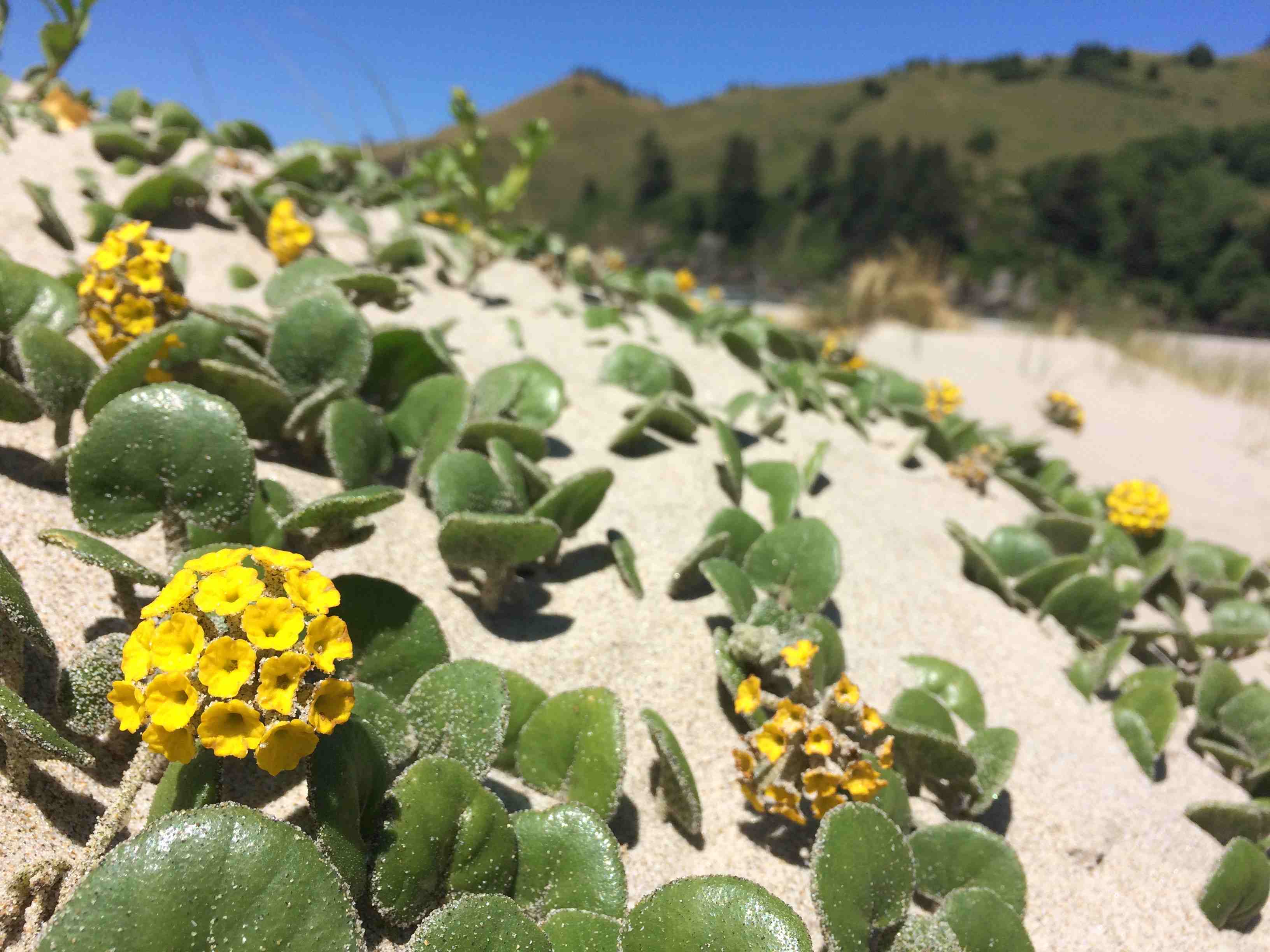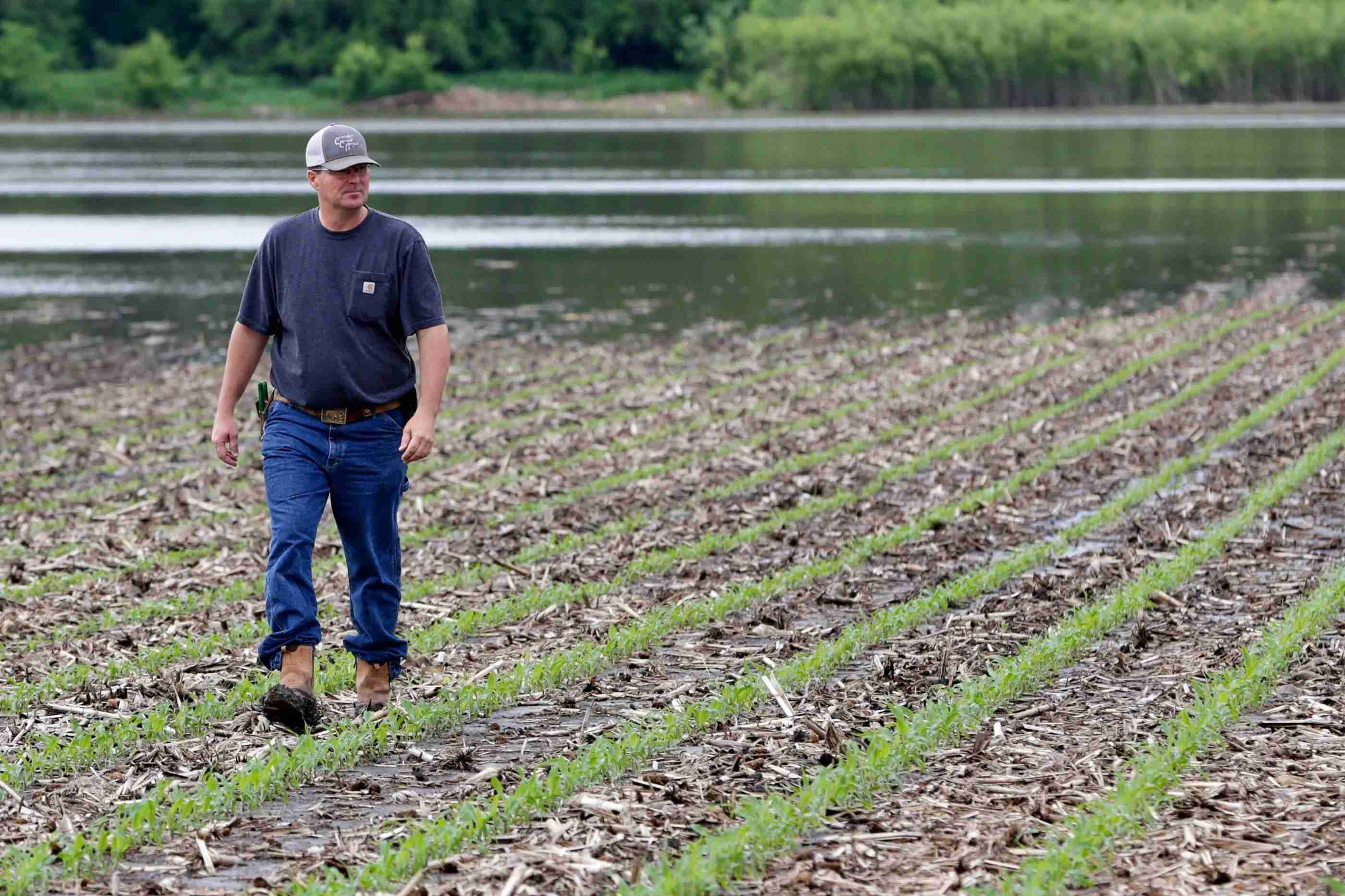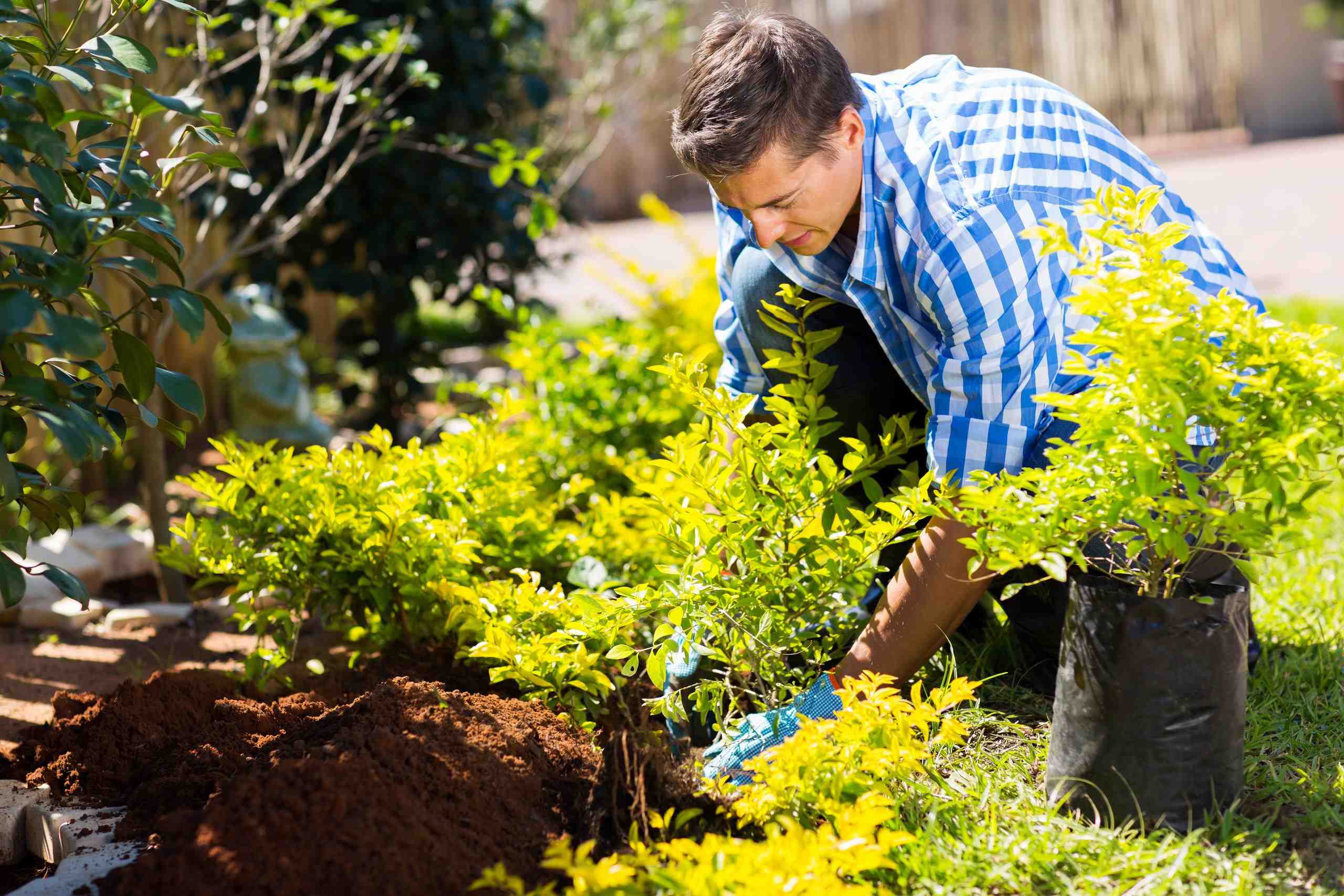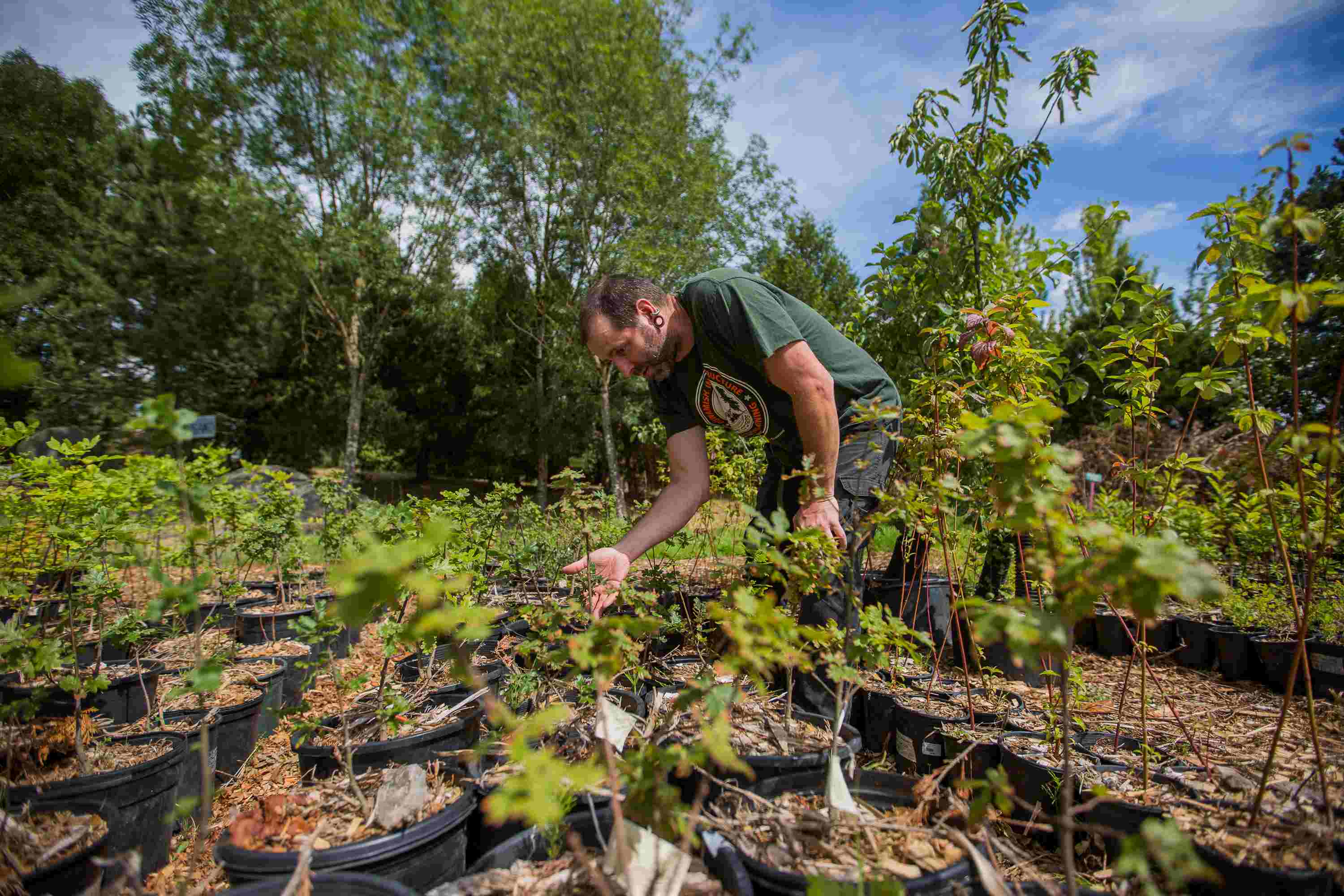Home>Gardening Basics>Understanding Soil>What Planting Zone Is San Francisco
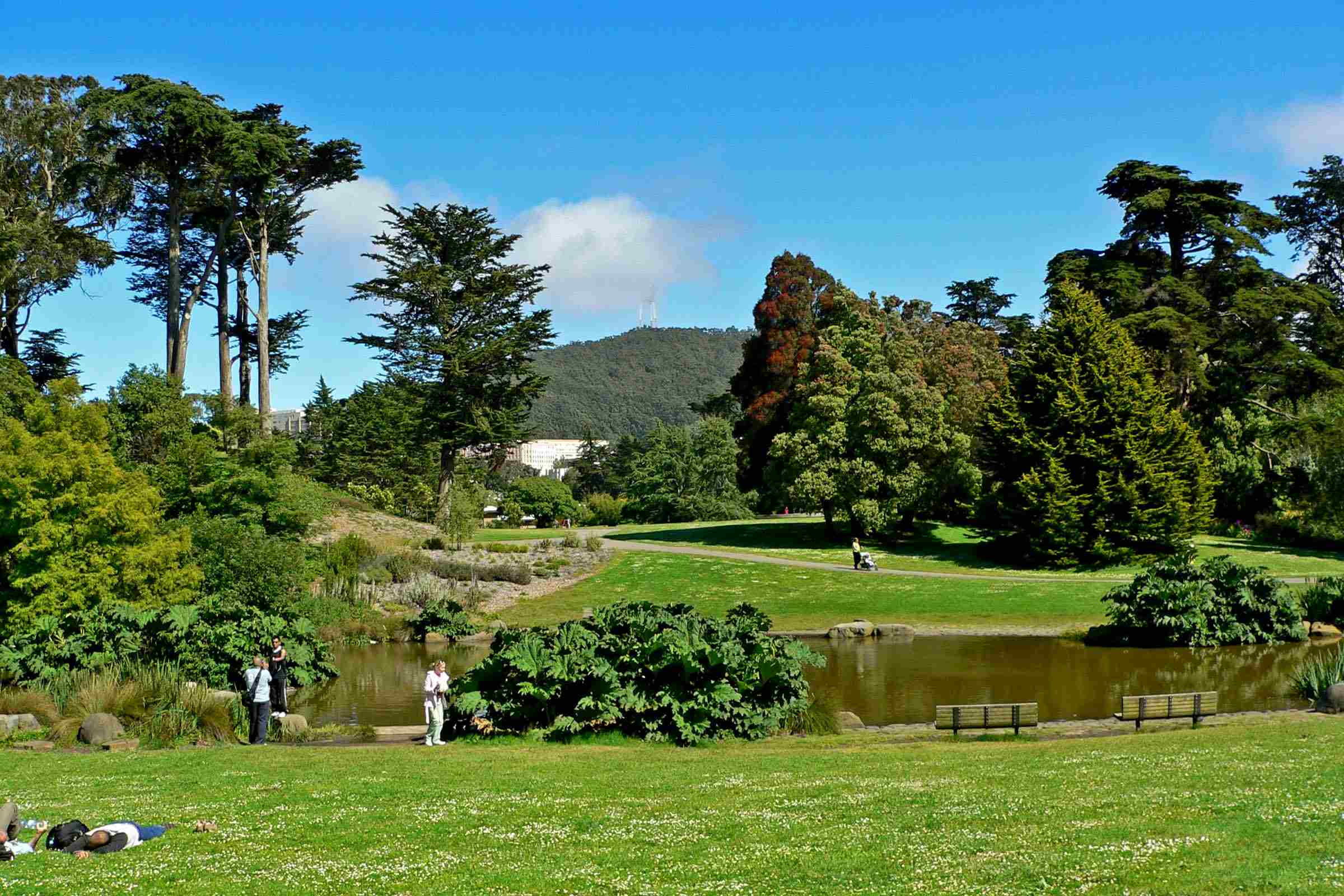

Understanding Soil
What Planting Zone Is San Francisco
Modified: January 22, 2024
Discover the planting zone for San Francisco and gain insights on understanding soil. Get expert advice on how to optimize your gardening in this unique climate.
(Many of the links in this article redirect to a specific reviewed product. Your purchase of these products through affiliate links helps to generate commission for Chicagolandgardening.com, at no extra cost. Learn more)
Table of Contents
Introduction
When it comes to gardening and landscaping, understanding the planting zone in which you reside is essential. Every region has a unique climate and soil composition that can greatly impact the success of your plants. In the case of San Francisco, known for its mild and temperate climate, identifying the planting zone becomes even more crucial.
San Francisco is located in the state of California, known for its diverse microclimates and distinct growing conditions. Whether you’re a seasoned gardener or a beginner, understanding San Francisco’s planting zone will help you select the right plants for your garden, promote healthy growth, and optimize the chances of a bountiful harvest.
In this article, we will delve into the concept of planting zones and explore the specific climate of San Francisco. We will also guide you in identifying San Francisco’s planting zone, and provide a list of recommended plants that thrive in this region. So, let’s begin our journey into the world of San Francisco gardening!
Understanding Planting Zones
Planting zones, also known as hardiness zones, are geographically defined regions that help gardeners determine which plants are most likely to thrive in a particular area. These zones are based on average annual minimum temperatures and serve as a general guideline for selecting plants that are adapted to specific climatic conditions.
The concept of planting zones was developed by the United States Department of Agriculture (USDA) and is widely used by gardeners around the world. The USDA Hardiness Zone Map divides the United States into 11 different zones, each representing a specific temperature range.
Plants have specific temperature requirements to grow and thrive. They have different levels of tolerance for cold and heat, and some plants may not survive in regions with extreme temperatures. By understanding the planting zone of your area, you can choose plants that are more likely to survive and flourish.
In addition to temperature, other factors such as elevation, precipitation, and soil type can also affect the suitability of plants in a particular area. Therefore, knowing your planting zone is only the first step in selecting the right plants. It is also important to consider other environmental factors to ensure the best chance of success.
Fortunately, there are numerous online resources and tools available to help you determine your specific planting zone. These resources often provide detailed information about the average temperatures, frost dates, and growing seasons in your region. By inputting your ZIP code or location, you can easily access this valuable information and make informed decisions about your plant selection.
Understanding planting zones allows gardeners to make educated choices when it comes to selecting plants that are best suited to their specific climate. It prevents the disappointment of planting delicate tropical plants in an area prone to freezing temperatures or attempting to grow cold-weather crops in a region with scorching summers. Now that we have a general understanding of planting zones, let’s explore the unique climate of San Francisco and how it affects gardening in the area.
The Climate of San Francisco
San Francisco is renowned for its mild and temperate climate, which is largely influenced by its geographical location along the California coast. The city experiences a Mediterranean climate characterized by cool, wet winters and mild, dry summers.
One of the defining features of San Francisco’s climate is the cool marine layer that often rolls in from the Pacific Ocean. This phenomenon, commonly known as the “marine fog,” blankets the city, keeping temperatures moderate and creating a distinctive microclimate. The fog brings moisture and helps to maintain cooler temperatures, making San Francisco cooler than its inland neighboring areas.
The average annual temperature in San Francisco ranges from 50 to 70 degrees Fahrenheit (10 to 21 degrees Celsius). Winters are mild with temperatures rarely dropping below freezing, while summers are cool and pleasant with average highs around 70 degrees Fahrenheit (21 degrees Celsius).
Precipitation in San Francisco is relatively moderate compared to other parts of California. The city receives most of its rainfall between November and April, with an average annual precipitation of around 23 inches (58 centimeters). The rain is essential for maintaining the city’s lush greenery and supporting the growth of plants.
Due to its unique climate, San Francisco gardening enthusiasts have the advantage of being able to grow a wide variety of plants. The mild year-round temperatures and moderate rainfall provide an ideal environment for many plant species, including both native and exotic varieties.
However, it’s important to keep in mind that despite the favorable climate, San Francisco can also experience microclimates within the city itself. Factors such as elevation, proximity to the ocean, and exposure to wind can create variations in temperature and rainfall. Paying attention to these microclimates and adjusting your plant selection accordingly can optimize your chances of success in gardening.
Now that we have gained an understanding of San Francisco’s climate, let’s move on to exploring how to identify the specific planting zone within the city.
Identifying San Francisco’s Planting Zone
Identifying the specific planting zone of San Francisco is crucial for selecting plants that are well-suited to the city’s unique climate and growing conditions. Fortunately, the USDA Hardiness Zone Map can help us determine the appropriate zone for San Francisco.
San Francisco falls within USDA Hardiness Zone 10a, which is characterized by average minimum temperatures ranging from 30 to 35 degrees Fahrenheit (-1 to 2 degrees Celsius). This means that San Francisco experiences relatively mild winters, with only occasional and brief dips below freezing temperatures.
Zone 10a is considered a tropical and subtropical zone, offering a longer growing season and the ability to cultivate a wide range of plants. With its moderate temperatures and minimal frost risk, San Francisco gardeners can enjoy year-round gardening and plant selections that are typically limited to tropical and subtropical regions.
However, it’s important to note that San Francisco’s microclimates can still impact the success of certain plants. Areas closer to the coast may experience cooler temperatures and more fog, while inland areas may be slightly warmer and drier. Additionally, the city’s topography and urban environment can create pockets of varying growing conditions.
To make the most of San Francisco’s planting zone, it’s advisable to consider the specific microclimate of your garden. Factors such as proximity to the ocean, wind exposure, and elevation can influence temperature fluctuations and moisture levels in your yard. Observing these conditions and selecting plants accordingly can ensure optimal growth and success.
In addition to the planting zone, it’s also crucial to consider other factors such as soil type, sunlight exposure, and water availability when choosing plants for your San Francisco garden. Understanding your plant’s needs and matching them with the characteristics of your specific location will greatly enhance your chances of a thriving garden.
Now that we have identified San Francisco’s planting zone and discussed the impact of microclimates, let’s explore some recommended plants that are well-suited to thrive in this region.
Recommended Plants for San Francisco’s Planting Zone
With San Francisco falling within USDA Hardiness Zone 10a, gardeners in the city have a wide variety of plants to choose from. This zone offers favorable conditions for many tropical and subtropical plants, as well as a selection of native species that are well-adapted to the local climate.
Here are some recommended plants that thrive in San Francisco’s planting zone:
- Bougainvillea: Known for its vibrant and showy flowers, bougainvillea thrives in San Francisco’s mild and sunny climate. This tropical vine loves full sun and well-draining soil, making it perfect for adding a splash of color to your garden.
- Agapanthus: Also known as Lily of the Nile, agapanthus is a hardy perennial with striking clusters of blue or white flowers. It tolerates a range of soil conditions and requires moderate watering, making it an excellent choice for San Francisco gardens.
- Salvia: Salvia plants come in a variety of colors and sizes, and they are well-suited to San Francisco’s Mediterranean climate. These drought-tolerant perennials thrive in full sun and well-drained soil, providing a burst of vibrant blooms throughout the season.
- California Poppy: As the state flower of California, the California poppy is a must-have in any San Francisco garden. These bright orange or yellow flowers tolerate dry conditions and are ideal for naturalizing meadows and adding a splash of color to rock gardens.
- Lemon Verbena: This fragrant herb is well-suited to San Francisco’s climate, as it loves sunny spots and well-drained soil. Lemon verbena is prized for its aromatic leaves, which can be used in teas, culinary dishes, and potpourri.
Aside from these specific plants, San Francisco’s planting zone also allows for a wide range of fruit trees, including citrus fruits, figs, and avocado. The mild climate provides sufficient warmth for these trees to thrive and produce delicious fruits.
It’s worth noting that while these plants are well-adapted to San Francisco’s planting zone, they may still require some care and attention. Regular watering, appropriate fertilization, and occasional pruning can ensure their optimal growth and longevity.
When selecting plants for your San Francisco garden, consider your specific microclimate and the unique characteristics of your yard. By choosing plants that are suited to your location’s sunlight exposure, soil type, and water availability, you can create a beautiful and thriving garden that complements the local environment.
Now that we have explored some recommended plants for San Francisco’s planting zone, let’s recap the key points of this article.
Conclusion
Understanding the planting zone is essential for any gardener, and the same holds true for the diverse and unique climate of San Francisco. By identifying San Francisco’s planting zone, gardeners can select the most suitable plants that are capable of thriving in the city’s mild and temperate climate.
San Francisco, with its cool marine layer and Mediterranean climate, offers a favorable environment for a wide range of plants. The city falls within USDA Hardiness Zone 10a, which allows for the cultivation of both tropical and subtropical varieties. Additionally, the mild winters and moderate rainfall provide ideal growing conditions for various plant species.
However, it’s important to consider the microclimates within San Francisco, as factors such as proximity to the ocean, wind exposure, and elevation can impact the success of certain plants. By observing the unique conditions of your garden and selecting plants accordingly, you can optimize growth and ensure a thriving garden.
Some recommended plants for San Francisco’s planting zone include bougainvillea, agapanthus, salvia, California poppy, and lemon verbena. These plants are well-suited to the city’s climate and can add color, fragrance, and beauty to your garden.
Remember to consider other factors such as soil type, sunlight exposure, and water availability when selecting plants. Each garden has its own unique characteristics, and catering to these specifics will greatly enhance the success of your plants.
Whether you’re a seasoned gardener or just starting out, understanding San Francisco’s planting zone provides a foundation for successful gardening. By choosing plants that are adapted to the local climate and microclimates, you can create a thriving and beautiful garden that brings joy and beauty year-round.
So, roll up your sleeves, get your hands dirty, and let the beauty of San Francisco’s planting zone inspire your gardening adventures!

